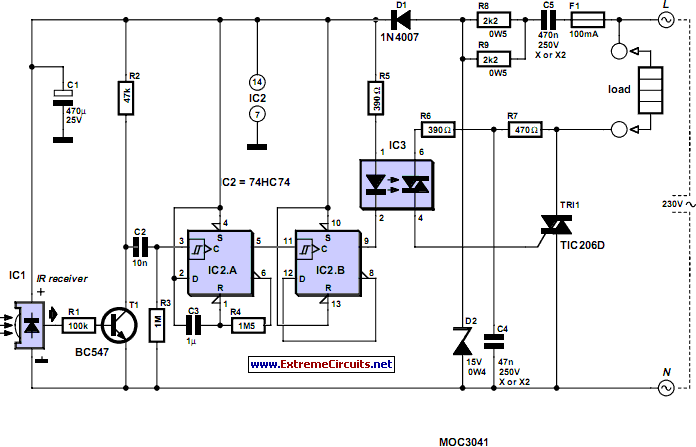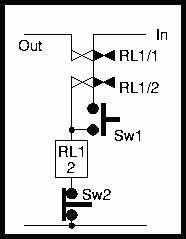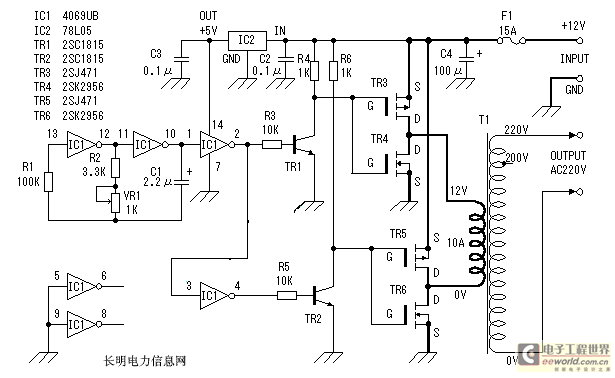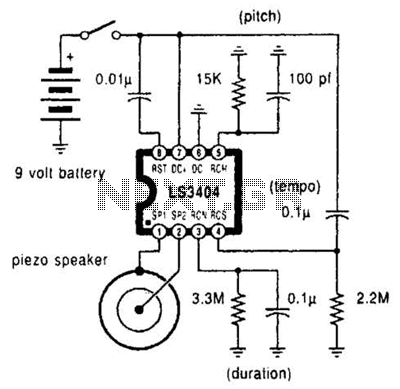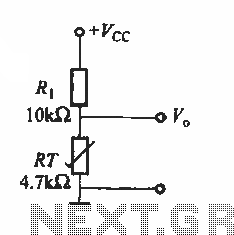
countdown timer circuit

A Countdown Timer Circuit is a project submitted by a group of students for their ECE 130 - Computer Application class on August 31, 2006, at the University of St. La Salle, Philippines. The seven-segment decoder is utilized in this project.
The Countdown Timer Circuit is designed to count down from a specified time interval and visually display the remaining time on a seven-segment display. The circuit typically includes a microcontroller or a timer IC, such as the 555 timer, which is configured in a monostable or astable mode, depending on the desired functionality. The timer can be set to trigger at specific intervals determined by external resistors and capacitors, allowing for precise time management.
In addition to the timer IC, the circuit incorporates a seven-segment decoder, such as the CD4511 or 74HC4511, which converts binary-coded decimal (BCD) inputs from the microcontroller into the corresponding outputs for the seven-segment display. This enables the visual representation of the countdown process. The display is usually driven by transistors or a dedicated driver IC to ensure adequate current supply for the segments.
The user interface may include buttons for setting the countdown time and starting or stopping the timer. A reset function is often included to allow the user to return to the initial state. Power supply considerations are crucial, as the circuit may require a stable voltage source, typically 5V or 9V, depending on the components used.
Overall, the Countdown Timer Circuit serves as an educational project that demonstrates the principles of digital electronics, including timing functions, binary counting, and display technologies, while providing practical insights into circuit design and implementation.Countdown Timer Circuit is a project submitted by my group, namely, M. Amit, P. Briones, R. Enriquez, R. Lacson, A. Saldivar (yours truly), K. Tom, and A. Uy, for our ECE 130 - Computer Application class way back August 31, 2006 at University of St. La Salle, Philippines. INTRODUCTION The seven-segment decoder is used in.. 🔗 External reference
The Countdown Timer Circuit is designed to count down from a specified time interval and visually display the remaining time on a seven-segment display. The circuit typically includes a microcontroller or a timer IC, such as the 555 timer, which is configured in a monostable or astable mode, depending on the desired functionality. The timer can be set to trigger at specific intervals determined by external resistors and capacitors, allowing for precise time management.
In addition to the timer IC, the circuit incorporates a seven-segment decoder, such as the CD4511 or 74HC4511, which converts binary-coded decimal (BCD) inputs from the microcontroller into the corresponding outputs for the seven-segment display. This enables the visual representation of the countdown process. The display is usually driven by transistors or a dedicated driver IC to ensure adequate current supply for the segments.
The user interface may include buttons for setting the countdown time and starting or stopping the timer. A reset function is often included to allow the user to return to the initial state. Power supply considerations are crucial, as the circuit may require a stable voltage source, typically 5V or 9V, depending on the components used.
Overall, the Countdown Timer Circuit serves as an educational project that demonstrates the principles of digital electronics, including timing functions, binary counting, and display technologies, while providing practical insights into circuit design and implementation.Countdown Timer Circuit is a project submitted by my group, namely, M. Amit, P. Briones, R. Enriquez, R. Lacson, A. Saldivar (yours truly), K. Tom, and A. Uy, for our ECE 130 - Computer Application class way back August 31, 2006 at University of St. La Salle, Philippines. INTRODUCTION The seven-segment decoder is used in.. 🔗 External reference
